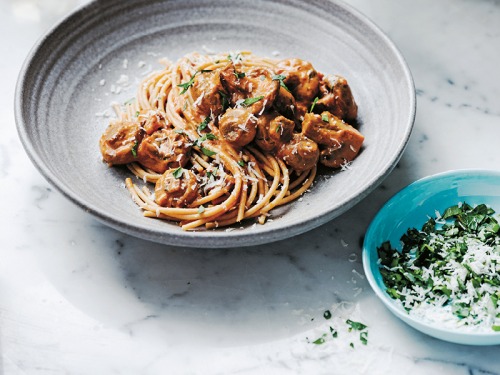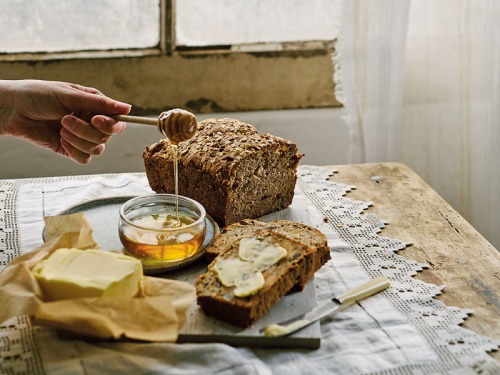The Best Seasonal Ingredients For March and How to Use Them
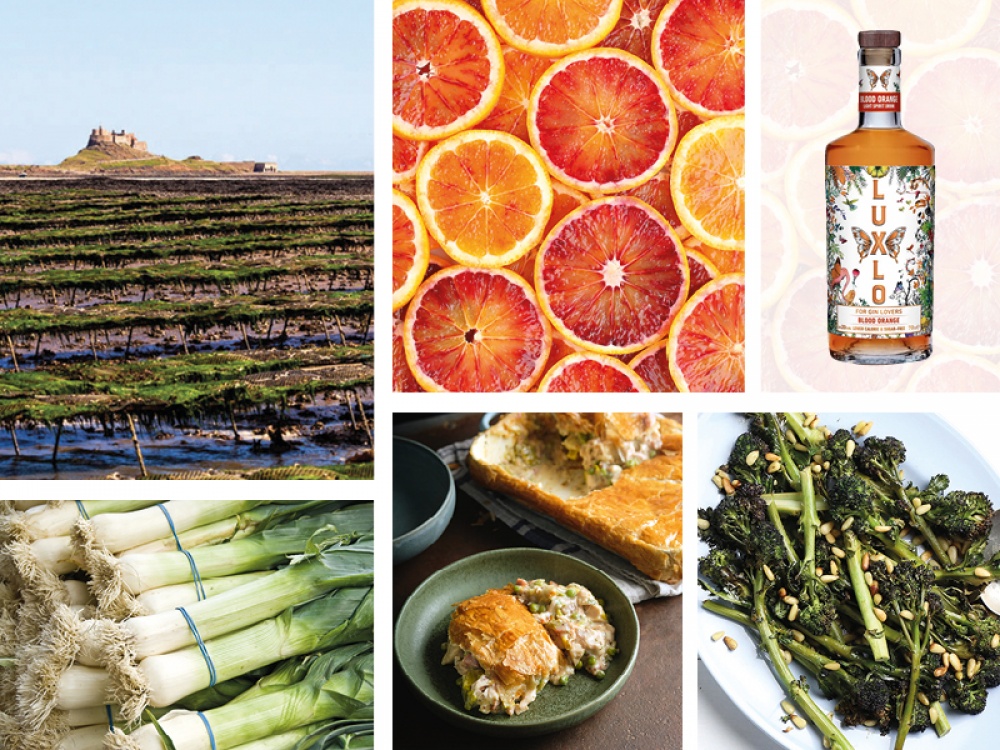
What's fresh, what's tasty and what to do with it this month
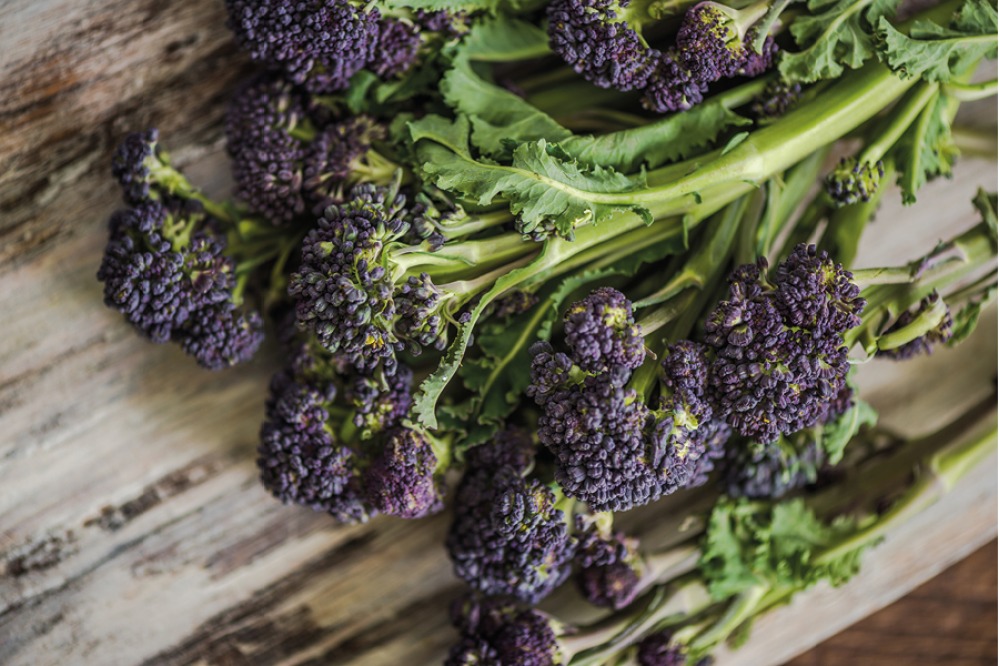
PURPLE SPROUTING BROCCOLI
Coming into season from February through to April, purple sprouting broccoli is from the same family as cabbage and has many important health benefits – including being packed with vitamin C as well as being a great source of iron, fibre and calcium. Look for dark, greenish-purple plants (avoiding any which are yellow and wilted) and simply boil or steam before serving with meat or fish – they’re the ultimate side dish, especially when served with a little butter and lemon juice.
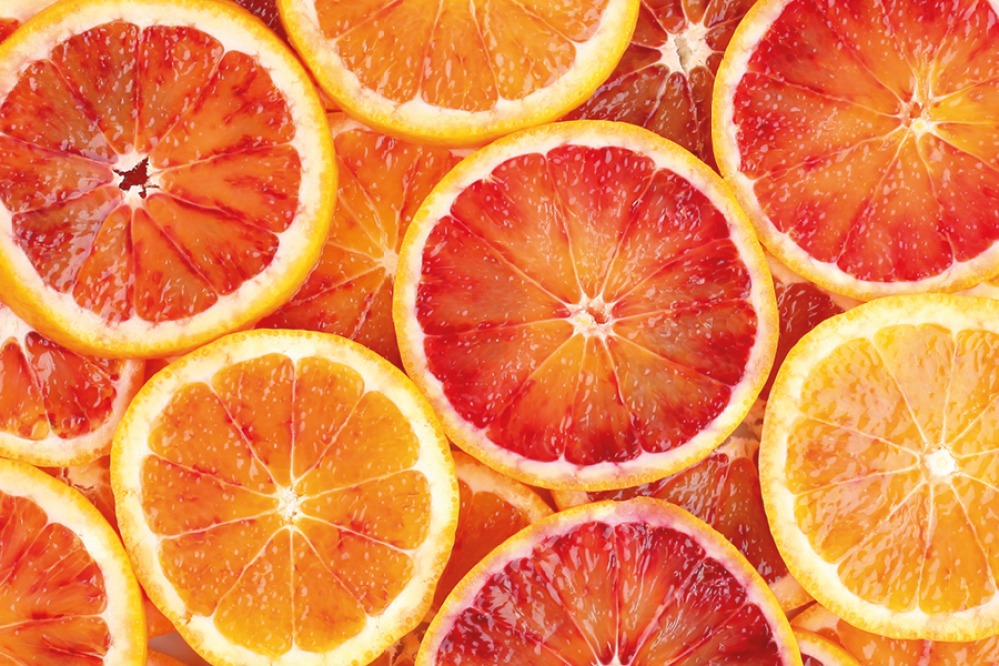
BLOOD ORANGES
Vibrant in colour and sweet in flavour, blood oranges have become our go-to variety, but be quick to make use of them as they’re only in season from winter to spring. Like other varieties blood oranges are packed with vitamin C and fibre. Add orange segments to a salad to give it some zing, use the juice with chicken to pack a punch or use the zest, juice and segments in baking.
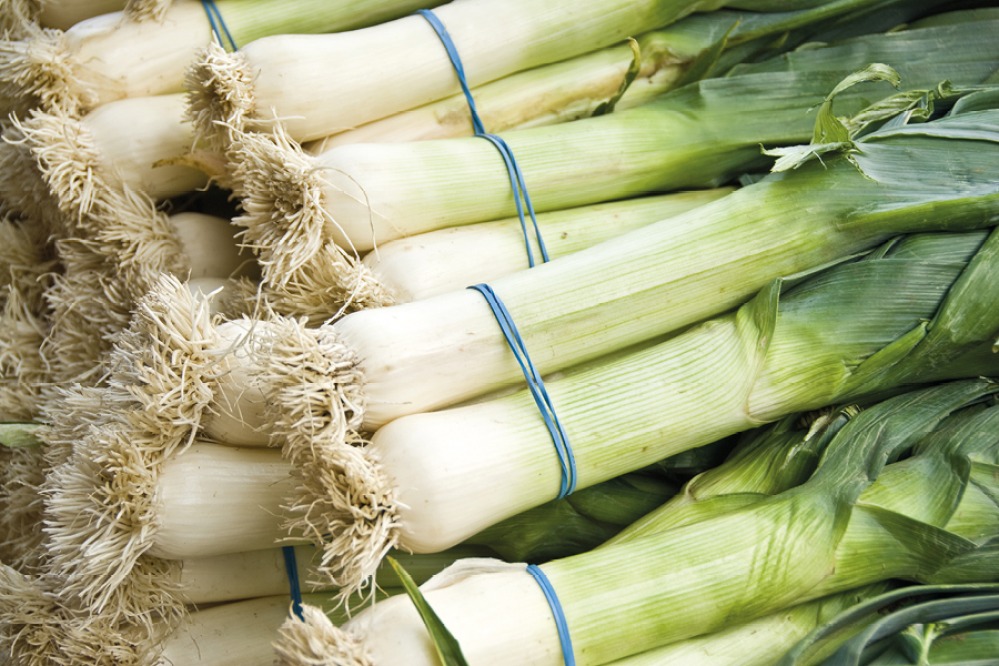
LEEKS
Part of the allium family (like onions and garlic), leeks have their own distinct flavour and, when cooked, have a hint of sweetness. You can find leeks all year round but they are best from September to March and can be used in almost any recipes – think stews, soups or a brilliant side dish like cheesy leek and potato mash. A top tip for buying is to look for the small or medium-sized leeks as larger ones are more tough and woody. Make sure to rinse them well as leeks are known for being dirty and you need to remove any soil they may have collected in their layers.
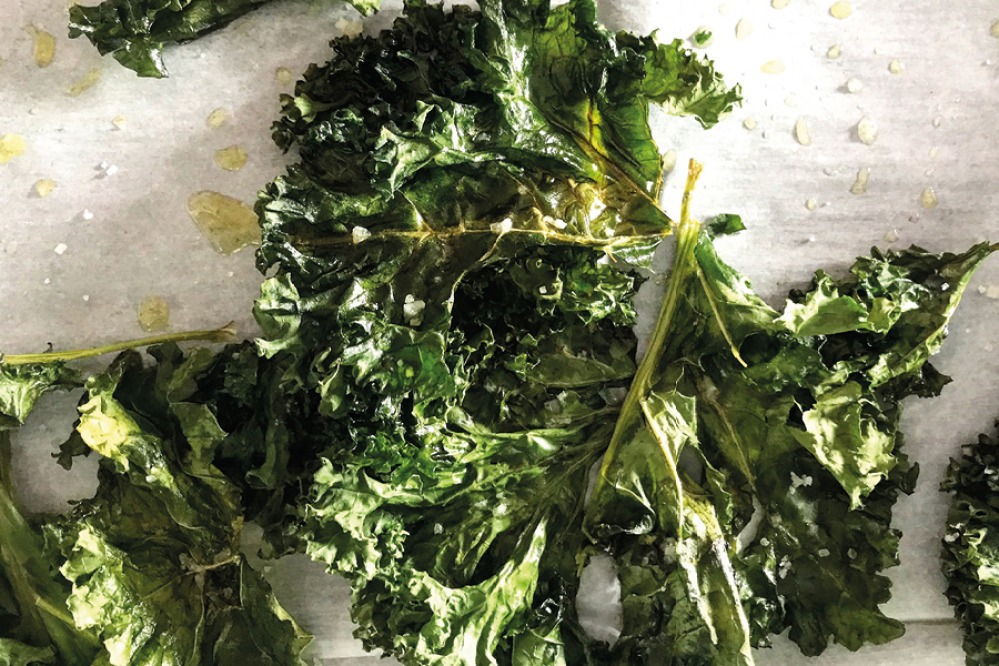
KALE
This leafy, cabbage-like vegetable is known for its nutrients and goodness, rich in vitamins K and C, and having twice as much vitamin E as spinach – no wonder kale has gained superfood status. More abundant and flavourful during the colder months, kale is great used in soups, salads or blended in smoothies. To prepare, simply break the leaves from the stalk and cut off any tough centres, then wash. Kale is most commonly cooked by boiling or steaming but can be stir-fried or roasted to make delicious vegetable crisps (we recommend adding a bit of spice for extra flavour).
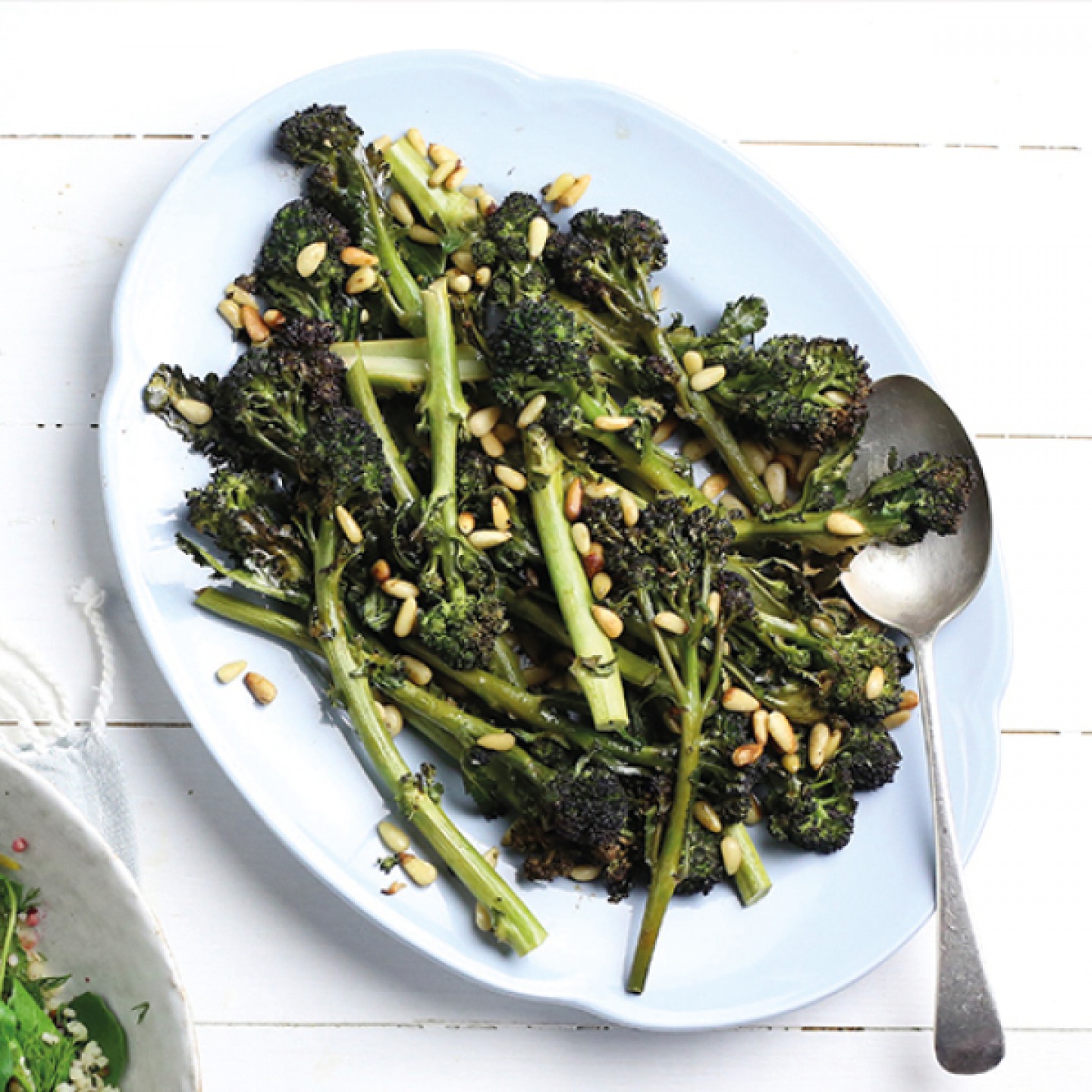
Balsamic Roasted Purple Sprouting Broccoli
Add a balsamic dressing to give a delicious caramelised flavour to purple sprouting broccoli. Simply roast in the oven and enjoy as a side to any salad, meat or fish dish. Find the recipe here.
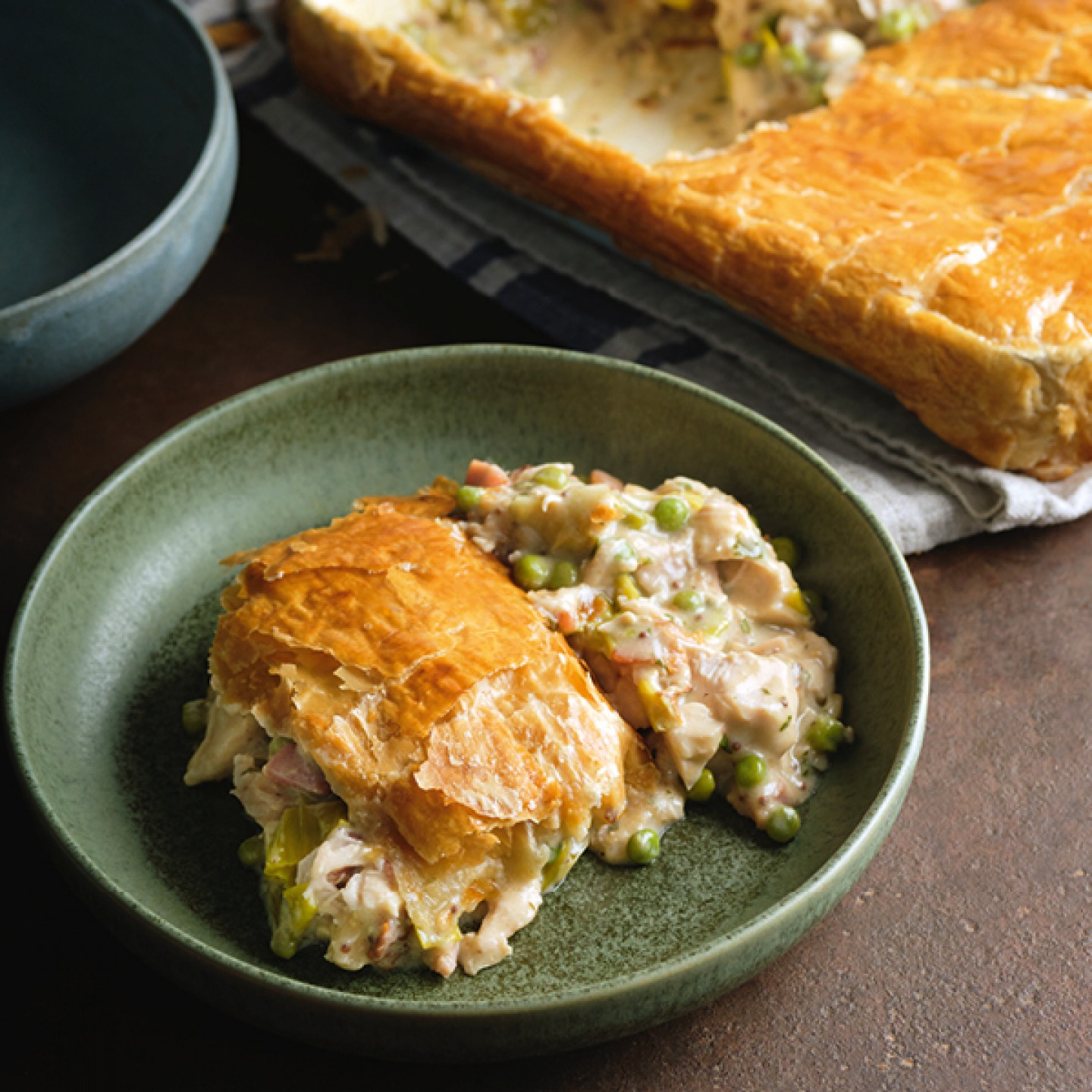
Roast Chicken and Leek Pie
Golden pastry filled with chicken, leeks and peas and coated in a creamy mustard sauce – what more could you ask for? Tom Kerridge makes use of in-season leeks in this tasty recipe which can be made with shop-bought roasted chicken or using leftover Sunday roast chicken. Find the recipe here.
SIP ON…
Blood Orange Drinks
Get a taste of this in-season fruit from these four Yorkshire producers

Blood orange light spirit, £30 luxlospirits.com

Blood orange explorations gin, £32 watertonsreserve.com

Blood orange and raspberry gin, £13 castlehillgin.com

Shimmering blood orange vodka liqueur, £15.99 Raisthorpe Manor, stockists Yorkshirewide
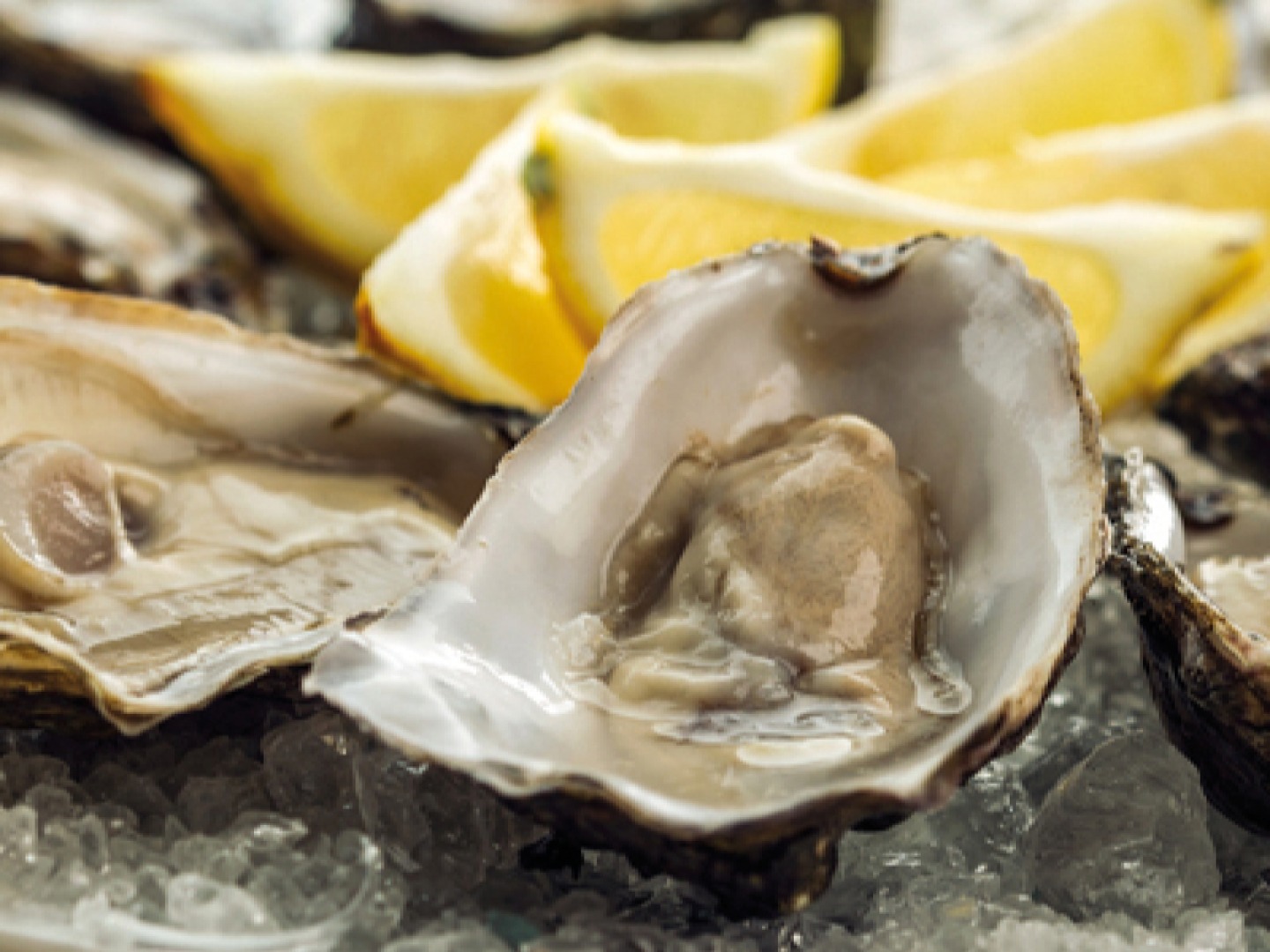
Oysters
Some love them, some hate them. Either way oysters can usually be found throughout the year, but are better outside their spawning period which is when the waters are colder. Some of the best oysters can be found right here in the North East and are used by Michelin-starred chefs across the country.
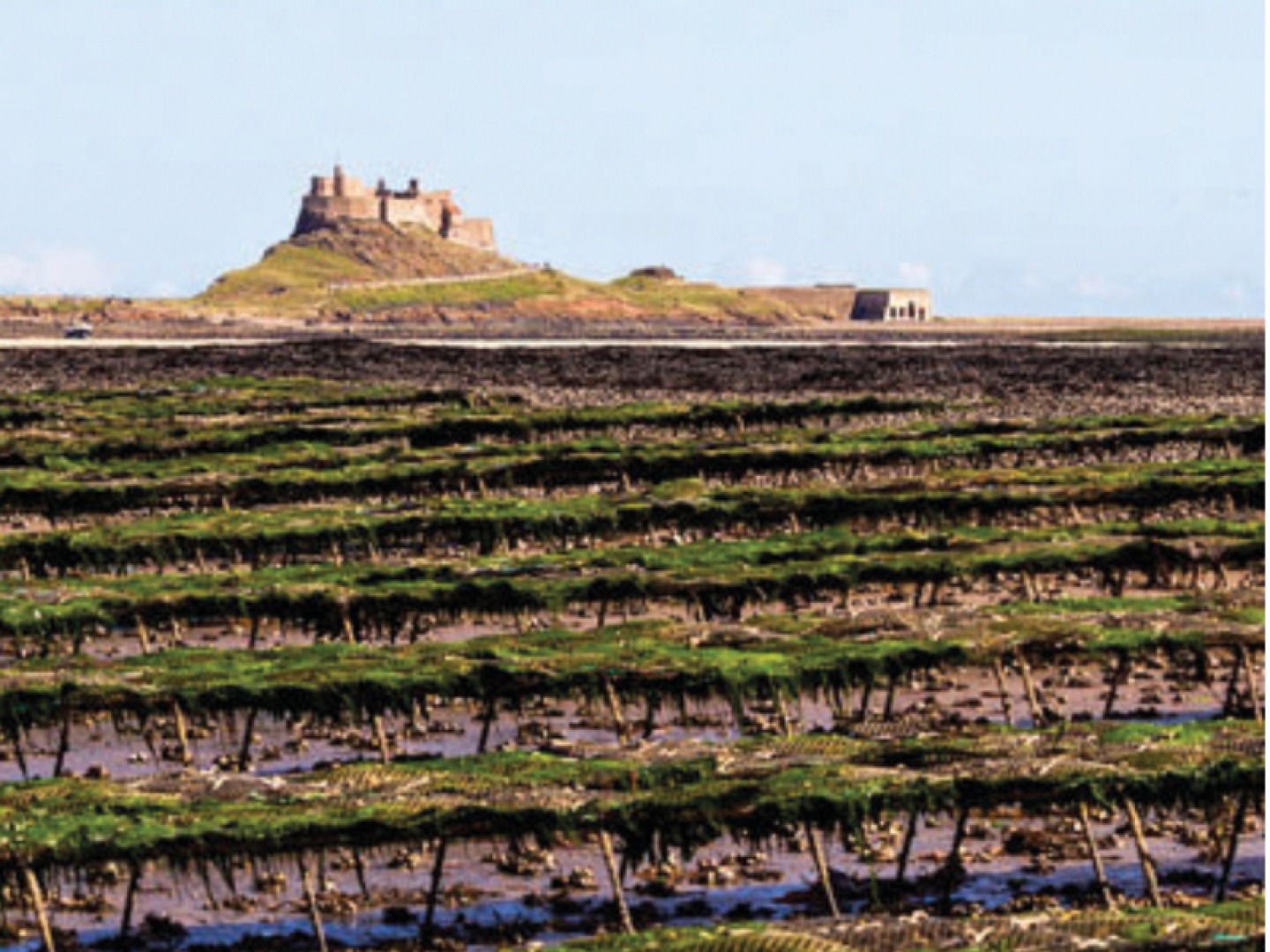
Local Lindisfarne Oyster Farm lies on the site of the oyster beds established by the Monks of Lindisfarne Priory where the oysters begin life in a hatchery and once they become the size of a thumbnail they’re transferred to oyster beds in the sea off Lindisfarne. It’s here where they lie in fine mesh bags, taking up to four years to reach maturity. If you’re confident enough to prepare them at home, the simplest way is to eat them raw and served on the half shell with a little lemon juice and black pepper or a dash of Tabasco, or poach them gently in their own liquor with a little white wine and fresh parsley. They can even be microwaved, but for lots more tasty oyster recipes head to lindisfarneoysters.co.uk




